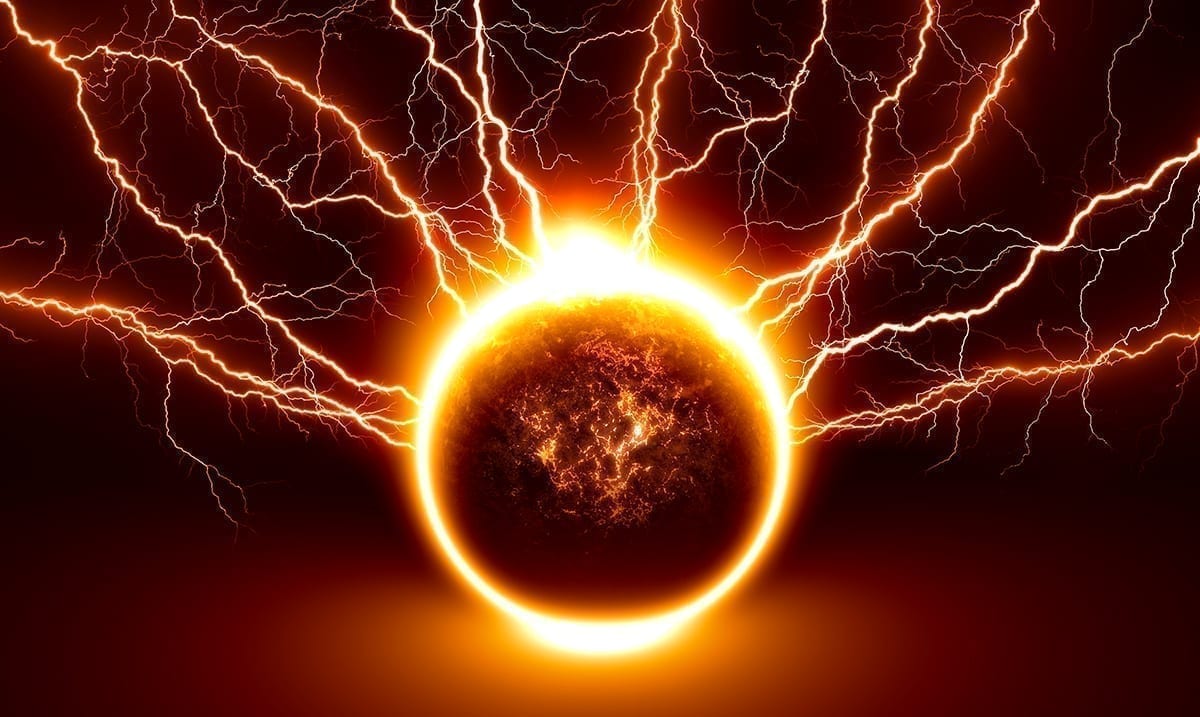July is almost here and with that, we’re about to face the full thunder moon which also this year holds a lunar eclipse.
This celestial event will be taking place on the night o July 4th going into July 5th and will be a show most of us get to watch if we so choose. If you live in the US, you should be able to get a good view of the things going on if you watch at the right time of night. This full moon eclipse duo is an energetic powerhouse but, this article is not about all of that. This is merely breaking down what we’re going to be seeing and why these things are called what they are.
For instance, the full moon that is going to be occurring is known as the Thunder moon but it also has other names as well. The full moon of July is traditionally called the buck moon or the full buck moon according to Almanac.com but thunder moon is also a common name for it as the time of year it comes forth tends to hold lots of thunderstorms. Now, when referred to as the buck moon it is done-so because during this timeframe buck’s antlers are in ‘full growth mode.’
Almanac.com wrote as follows on this celestial event:
Like last month, this month’s full Moon brings with it a penumbral eclipse, which occurs when the Moon crosses through the faint outer edge of Earth’s shadow (the penumbra), making part of the Moon appear ever-so-slightly darker than usual. Unlike a full lunar or solar eclipse, the visual effect of a penumbral eclipse is usually so minimal that it can be difficult to perceive at all. For this eclipse, only a small portion of the Moon will cross into the penumbra, making it even more difficult to see.
This eclipse will be visible from most of North America, except in the northernmost regions of Canada and Alaska. It will begin at 11:04 P.M. EDT (8:04 P.M. PDT) on July 4 and end at 1:56 A.M. EDT on July 5 (10:56 P.M. PDT on July 4).
As Almanac.com went over this specific lunar eclipse is a penumbral lunar eclipse. That meaning it’s not partial but also not as prominent as some eclipses are. It is ever so slight and when it happens, the moon itself doesn’t look much different. Most people might even view it thinking nothing is different at all about the moon. That being said, if you look close enough you will notice just how dulled out things are.
This in itself is an interesting and special event to have on the 4th of July for us here in the US as that is Independence Day, Space.com wrote as follows in regard:
North and South America get the best view of the July 4-5 lunar eclipse. People in the westernmost parts of Africa and Europe will also view the event.
New York City will end U.S. Independence Day (July 4) with the penumbral lunar eclipse. Starting at 11:07 p.m. local time, the moon will begin to slide into Earth’s outer shadow. At eclipse maximum (12:29 a.m. on Sunday, July 5), no more than half of the moon’s face will take on a darker shade. About an hour and a half after maximum, at 1:52 a.m., the event ends. The entire eclipse will last 2 hours and 45 minutes.
In Lisbon, Portugal, the moon first makes contact with Earth’s shadow at 4:07 a.m. local time on Sunday, July 5. The early morning event reaches its maximum at 5:29 a.m. and wraps up at 6:52 a.m., which is 34 minutes after the moon sets below the Portuguese horizon. Viewing conditions are likely to be clear at that time of year.
To learn more about this eclipse and how it might affect you astrologically take a look at the video below. I for one cannot wait to see it for myself. Sure, it might not sound like much but it is going to be worth looking out for.

